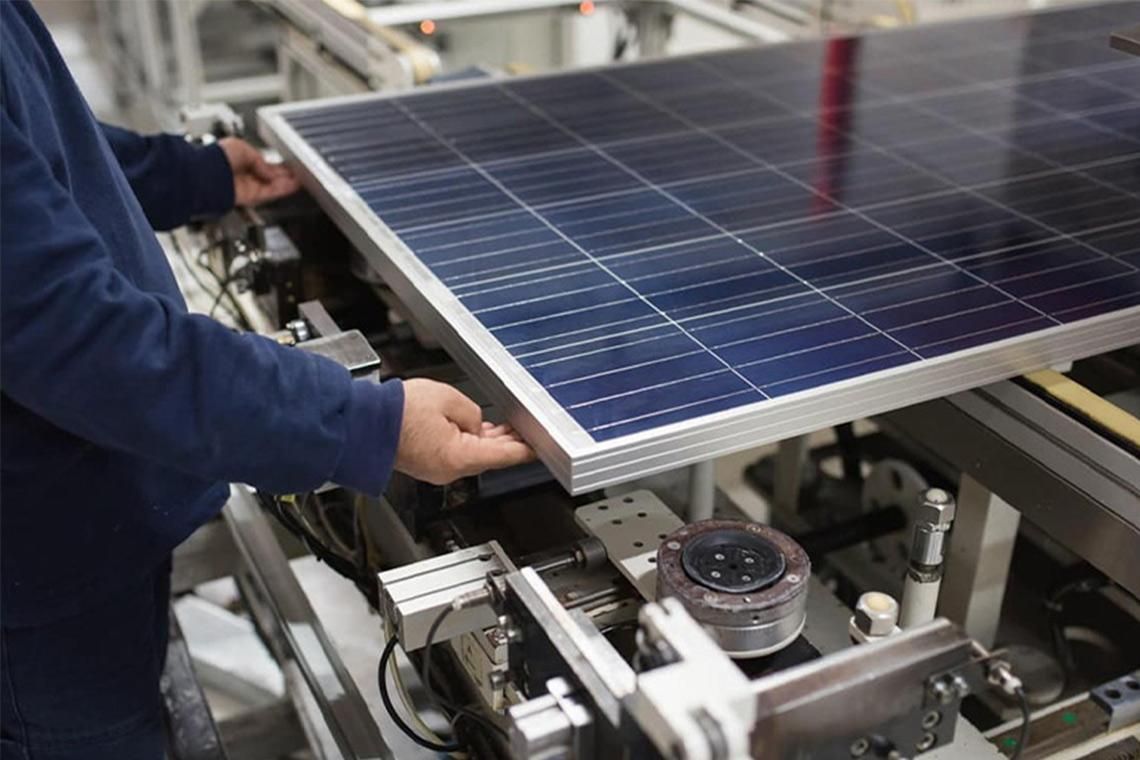
How do solar panels work?

In a world increasingly focused on sustainable living and eco-friendly practices, solar energy has emerged as a key player in the quest for renewable resources. At the heart of this green revolution are solar panels, innovative devices that convert sunlight into electricity. In this blog post, we'll delve into the intricacies of how solar panels work, explore the concept of solar energy, discuss its renewability, and uncover the materials that make up these revolutionary devices. And besides these solar system monitoring is a service that is implemented through a special application to control the operation of the station around the clock.
How do solar panels work?
Solar panels, also known as photovoltaic (PV) panels, operate on the principle of converting sunlight into electricity through the photovoltaic effect. The basic building blocks of solar panels are photovoltaic cells, typically made from semiconductor materials like silicon. When sunlight strikes these cells, it energizes the electrons, creating an electric current. This direct current (DC) is then converted into usable alternating current (AC) through an inverter, making it suitable for powering homes, businesses, and more.
What is Solar Energy?
Solar energy is the radiant energy emitted by the sun, harnessed and converted into electricity by solar panels. This clean and abundant source of energy has the potential to provide a sustainable solution to the world's growing energy demands. Unlike traditional fossil fuels, solar energy produces no greenhouse gas emissions, making it a crucial player in the fight against climate change.
Is solar energy renewable? -Yes!
One of the key advantages of solar energy is its renewability. The sun, a virtually infinite source of energy, ensures that solar power is sustainable in the long run. As long as the sun continues to shine, solar energy remains a dependable and eco-friendly power source. Unlike finite fossil fuels, the sun's energy is expected to be available for billions of years, making it a crucial element in the transition towards a more sustainable energy landscape.
What are solar panels made of?
Solar panels are made from a combination of materials designed to optimize the absorption and conversion of sunlight into electricity. The most common material used in photovoltaic cells is silicon, chosen for its semiconducting properties. Other materials, such as cadmium telluride and copper indium gallium selenide, are also employed in certain types of solar panels to enhance efficiency and reduce costs. The structural components of solar panels often include aluminum frames and tempered glass to protect the photovoltaic cells and ensure durability in various weather conditions.
Conclusion
Solar panels have become synonymous with clean, renewable energy, offering a sustainable alternative to traditional power sources. Understanding the technology behind solar panels, the concept of solar energy, and the materials used in their construction is crucial in appreciating their role in building a greener, more sustainable future. Solar energy consultation can be obtained from skilled professionals who fully understand the nuances of installation. As advancements in solar technology continue, the potential for harnessing the power of the sun to meet our energy needs becomes increasingly promising.






